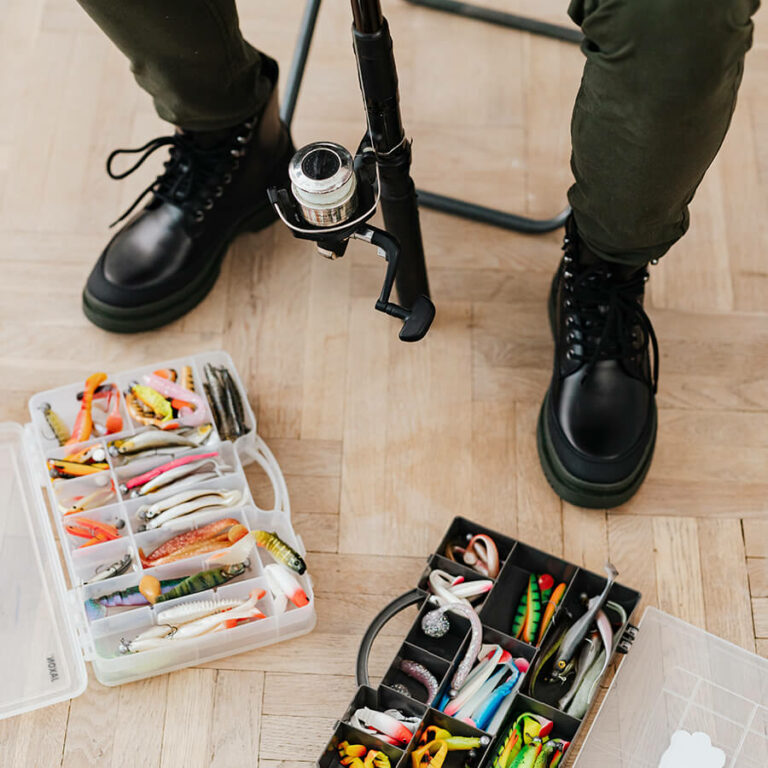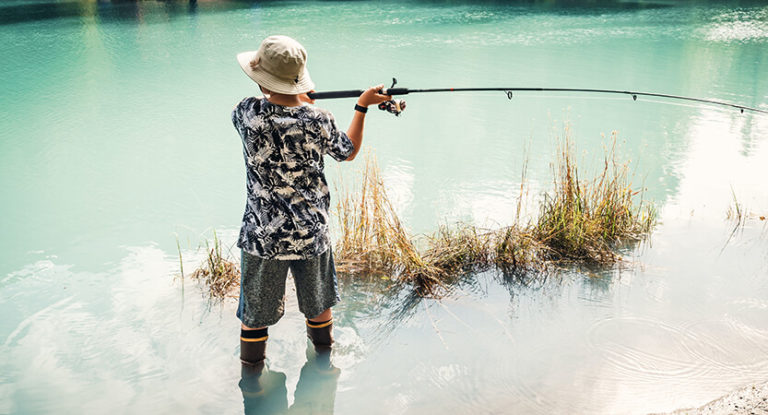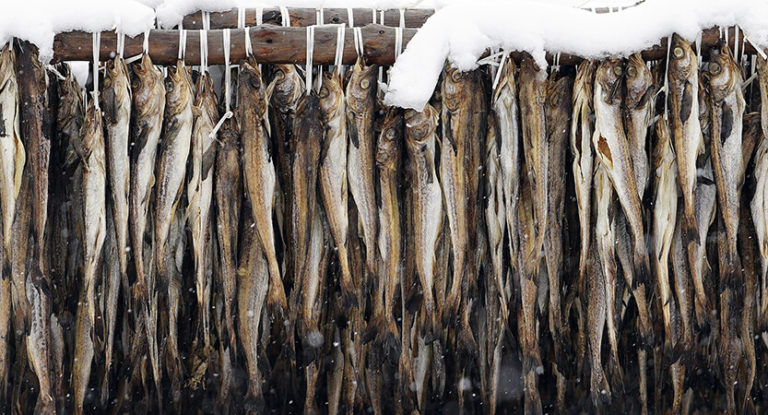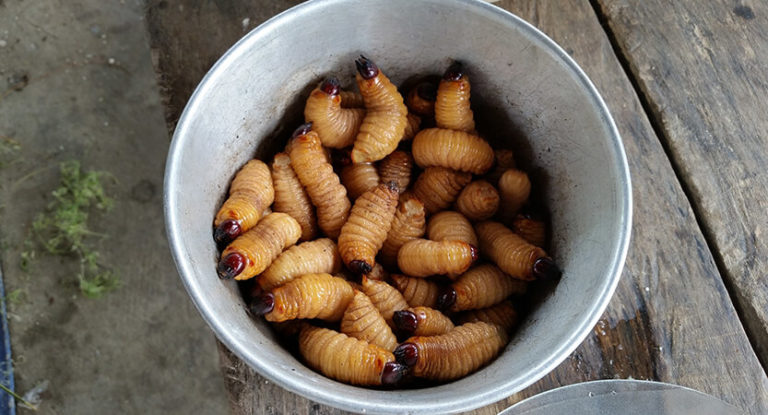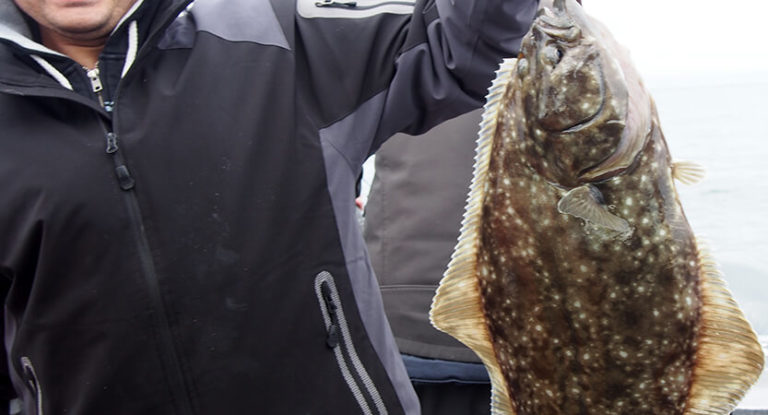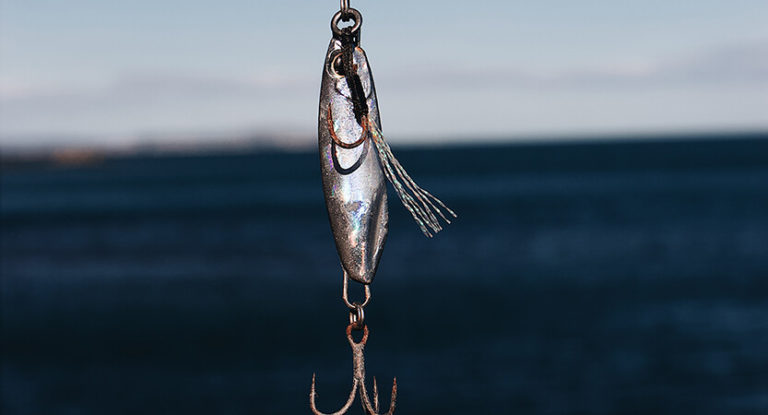Tarpon is a genus of large marine fish that includes two species: the Atlantic and Indo-Pacific. The appearance of tarpon can resemble a large bleak or large-eyed species of herring. A common similarity probably exists, but according to the morphological characteristics of the tarpon, scientists, nevertheless, do not associate with other species. Fish belong to a separate monotypic family.
Here is an overview of the content of this tutorial, feel free to jump to any section you care about:
For more fishing instructions, take a look at these popular Trizily links: Zander Fishing.
Tarpon Fishing
Characteristics of tarpon
Tarpon can reach very large sizes. The weight of some specimens “heaps” over 150 kg with a length of about 2.5 m. A very important feature of the fish is the ability, under adverse conditions of oxygen deficiency in water, to swallow air from the surface. This is facilitated by the unusual structure of the swimming bladder (open-bubble fish), which is involved in the process of oxygen exchange in the body. In general, the appearance of the tarpon is very recognizable: a large, powerful head, the body is covered with large scales, the upper part of the body is darker, the general color is silver, bright, can vary depending on the color of the water.
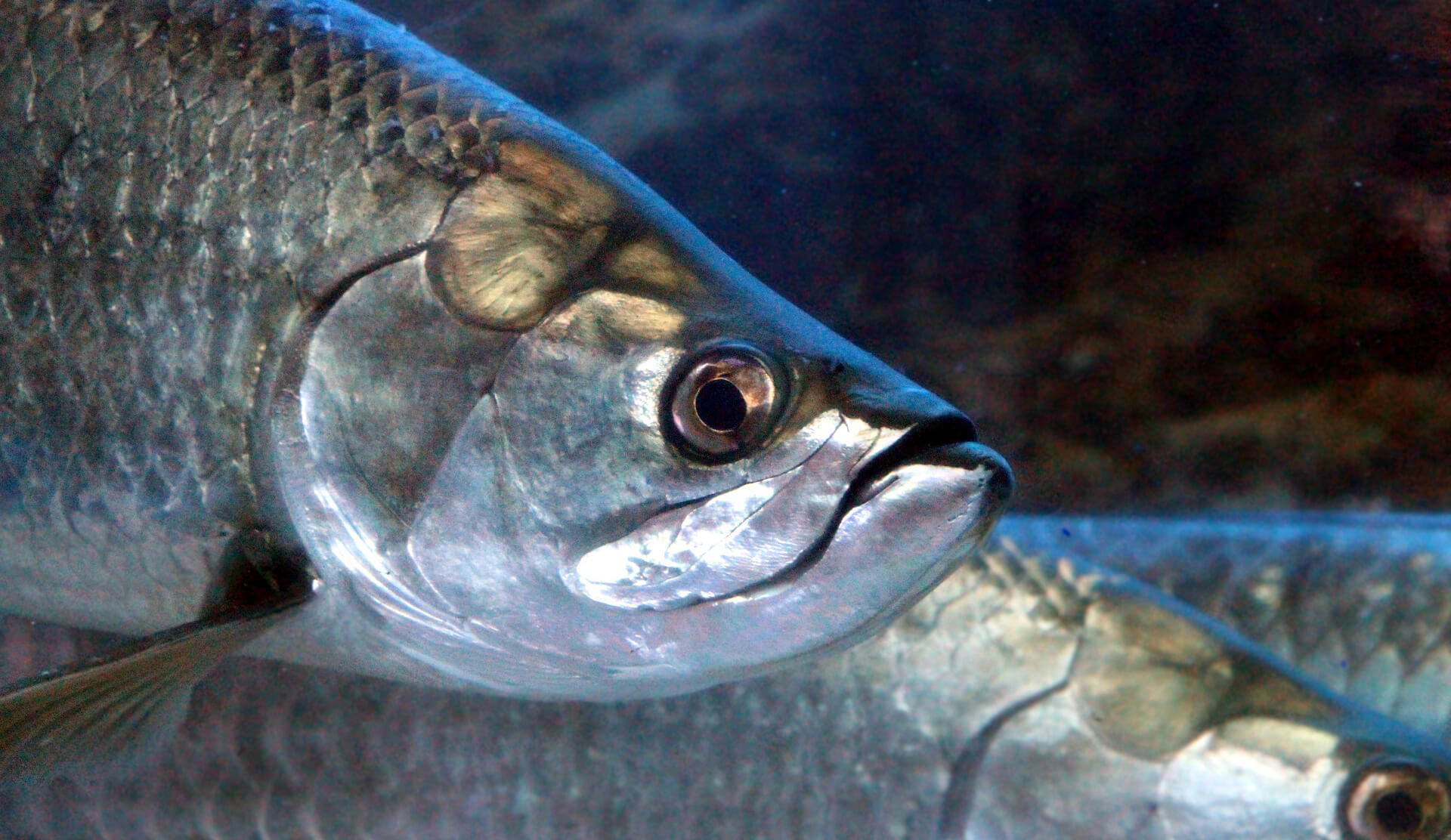
Tarpon is considered to be quite an ancient species, skeleton prints are known that are more than 125 million years old, while the general features remained unchanged. Most often, fish keep on the coastal strip of the seas, are very sensitive to water temperature. They can make long migrations in search of food. In the open sea, they keep depths of up to 15 m. Various shallows and shallow areas along the islands and the coast of the mainland are very fond of. Tarpon easily tolerates changes in water salinity, enters the brackish waters of the pre-estuary zone of the rivers and into the rivers themselves. The biggest amateur tackle was caught in Lake Maracaibo in Venezuela. The presence of tarpon is easily determined by the exits to the surface of the water, where it hunts and captures or releases air. It feeds on various species of fish, mollusks and crustaceans.
Reproduction habit of tarpon
Tarpon is characterized by very high fecundity. Ripen by 6-7 years. The spawning period depends on the region. Given that the distribution of fish captures both hemispheres, it is determined by the characteristics of the seasons. In the Caribbean region, these are the summer and spring months characteristic of the northern hemisphere; in the regions of the southern hemisphere, these are the months corresponding to spring and summer in this region. Some ichthyologists argue that tarpon spawning throughout the year, several times and breeding is associated with moon cycles. Spawning and development of eggs takes place in the upper layers of water in the coastal zone of the seas. The further development cycle of the larvae – leptocephalus, is quite complex and goes through several stages.
Tarpon fishing guide: Techniques, bait and gear
Tarpon fishing techniques
Tarpon is an unrivaled opponent for sports fishing enthusiasts. Fishing for him is very unpredictable and emotional. Caught on a hook, jumps out of the water, makes numerous somersaults, resists for a long time and “to the last.” Some lovers have the name “silver king”. In tourist regions tarpon is rarely used for food, it is an object of fishing on the principle of “caught-released.” Traditional, amateur fishing methods are fly fishing, spinning and trolling.
Spinning for tarpon
When choosing gear for fishing on a classic spinning, when fishing on tarpon it is advisable to proceed from the principle of “size of the bait + size of the trophy”. Tarpones are kept in the upper layers of water, and therefore are caught “in the cast”. For fishing on spinning rods using classic lures: spinners, wobblers and more. Reels should be with a good supply of fishing line or cord. In addition to a trouble-free brake system, the coil must be protected against salt water.
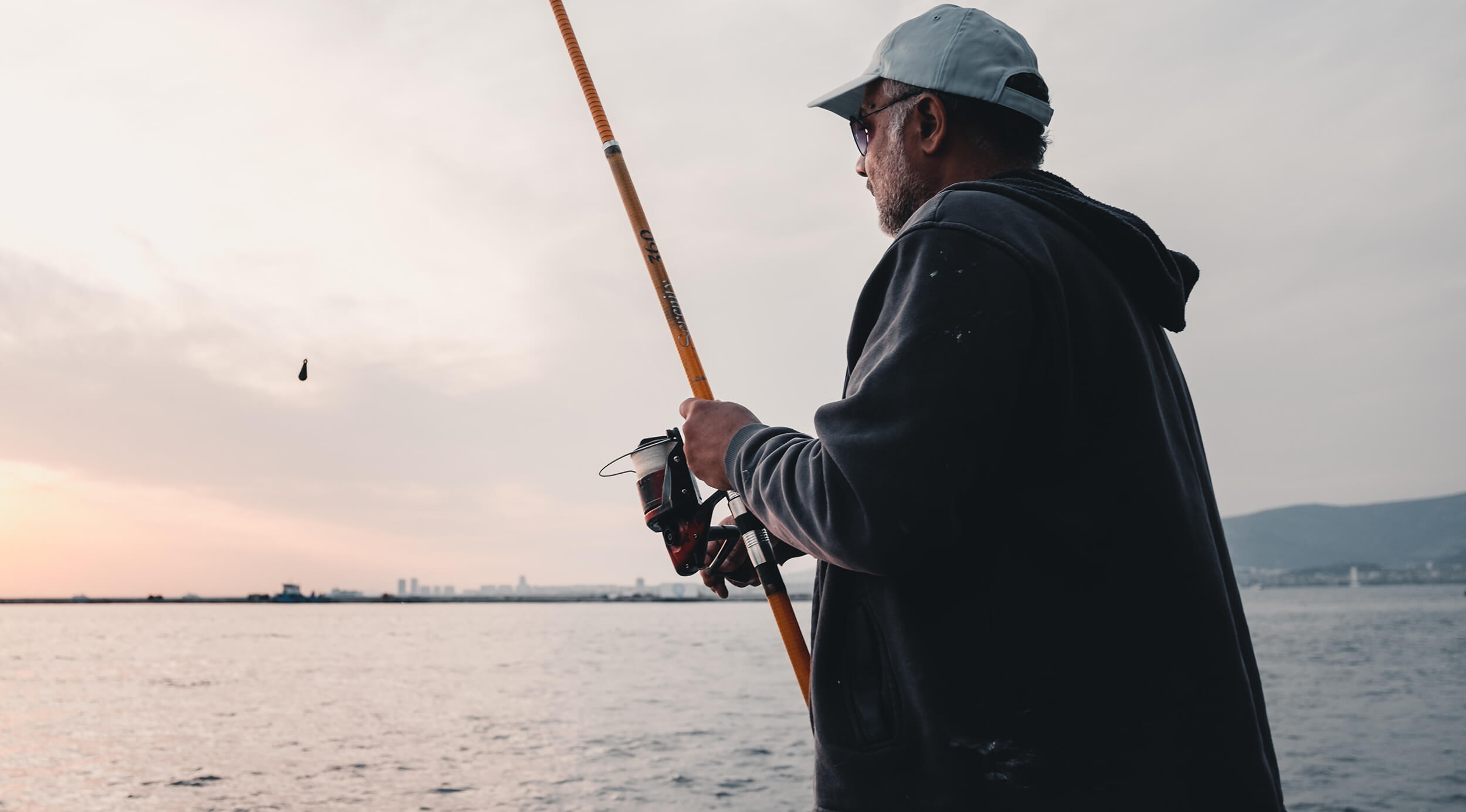
In many types of marine fishing techniques, very fast wiring is required, which means a high gear ratio of the winding mechanism. According to the principle of action, the reels can be either multiplier or inertialess. Accordingly, the rods are selected depending on the reel system. The choice of fishing rods is very diverse, at the moment, manufacturers offer a large number of specialized “blanks” for various fishing conditions and the type of bait. When fishing for spinning sea fish, the fishing technique is very important. To select the correct wiring, you must consult experienced fishers or guides. It is very important to make the right cut.
Trolling for tarpon
To catch them, you will need the most serious fishing gear. Sea trolling is a way of fishing using a moving motor vehicle, such as a boat or boat. For fishing on ocean and sea open spaces, specialized vessels equipped with numerous devices are used. The main ones are the holders of the rods, in addition, the boats are equipped with chairs for fishing, a table for making baits, powerful echo sounders and more.
Rods are also used specialized, made of fiberberglass and other polymers with special fittings. Reels are used multiplier, maximum capacity. The device of trolling reels is subordinated to the basic idea of such gear – strength. Monofilament fishing line, with a thickness of up to 4 mm or more, is measured, with such fishing, by kilometers. There are a lot of auxiliary devices that are used depending on the fishing conditions: for deepening equipment, for placing lures in the fishing zone, for attaching bait, etc., including numerous elements of equipment.
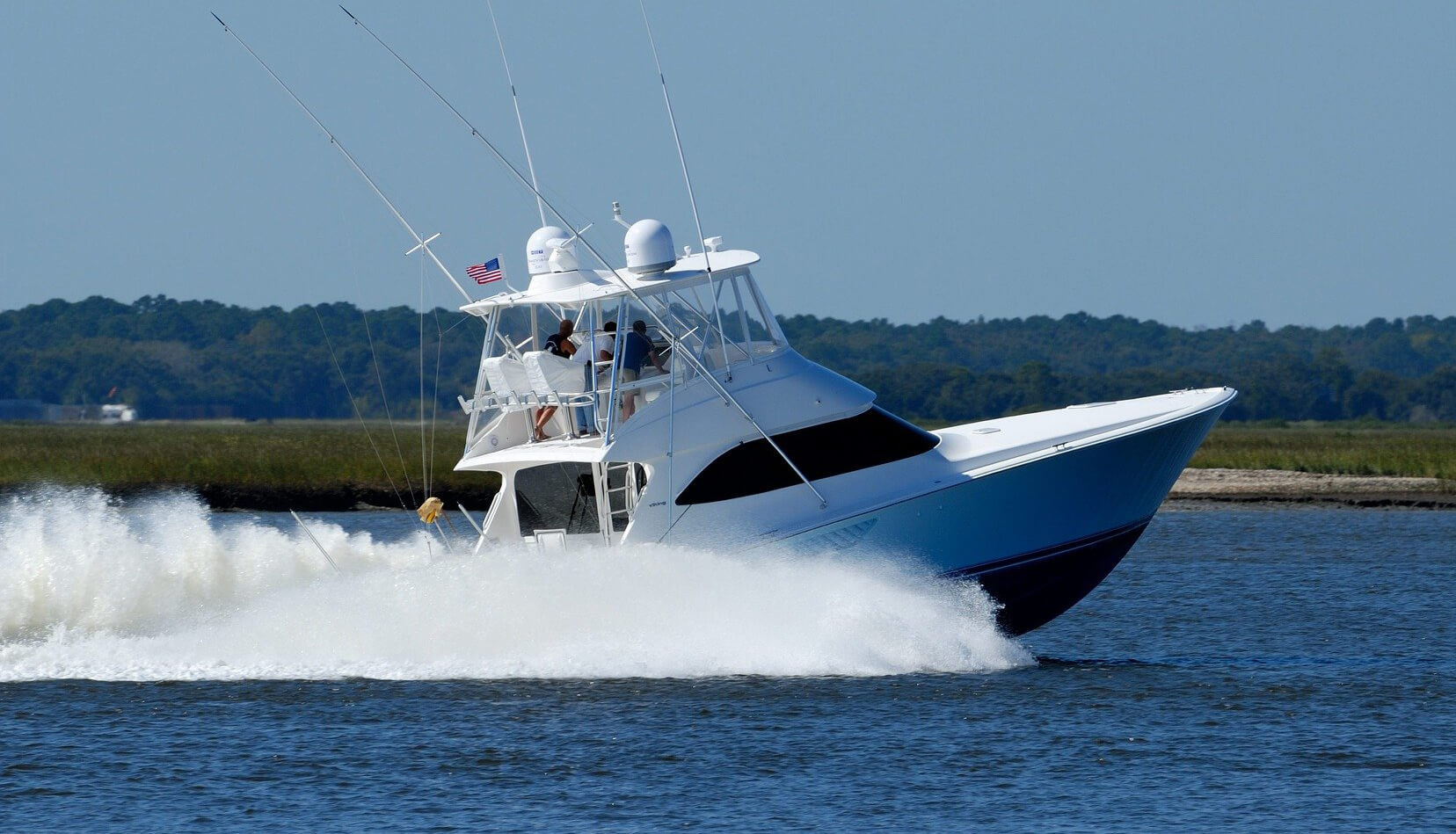
Trolling, especially when hunting for marine giants, is a group type of fishing. As a rule, several rods are used. In the case of a bite, cohesion is important for a successful capture. Before traveling, it is advisable to find out the fishing rules in the region. In most cases, fishing is carried out by professional guides who are fully responsible for the event. It is worth noting that the search for a trophy at sea or in the ocean can be associated with many hours of bite waiting, sometimes unsuccessful.
Fly fishing for tarpon
Fly fishing tarpon is a special type of fishing. For this, special tackle and equipment with specialization for this type of fish are even produced. In various fishing publications, you can find colorful images of fishing on tarpon fly fishing. In most cases, before the trip it is worthwhile to clarify the sizes of possible trophies. As a rule, if it is possible to catch large fish, you should choose the most powerful fly fishing gear. Fighting with tarpon requires special skill and endurance.
They use quite large baits, therefore they use high-class cords, up to 11-12th, the corresponding one-handed sea fishing rods and voluminous reels on which at least 200 m of strong backing is placed. Do not forget that the gear will be exposed to salt water. This is especially true for reels and cords. When choosing a reel, it is worth paying special attention to the arrangement of the brake system. The friction clutch should not only be as reliable as possible, but also protected from salt water. As already noted, the fish is very careful and even shy. During fishing, a large number of gatherings is possible, therefore, a lot of skill is required when cutting and playing.
Tarpon fishing bait
Wobblers are considered the most effective lures for spinning rods. Not bad tarpon reacts to various, bright silicone baits and spinners. For all saltwater fish, very durable, non-oxidizing hooks and metal accessories must be used. In relation to tarpon, due to the special temperament and structure of the jaws, it is necessary to use particularly sharp and durable hooks, independently single or triple.
The same applies to fly fishing lures. When fishing in shallow places, various simulations of crabs, crustaceans and other inhabitants of the bottom layers of water are used. When simulating fish, various fluorescent, translucent materials are used. To catch tarpon, surface baits such as popper are actively used.
Where to catch tarpon
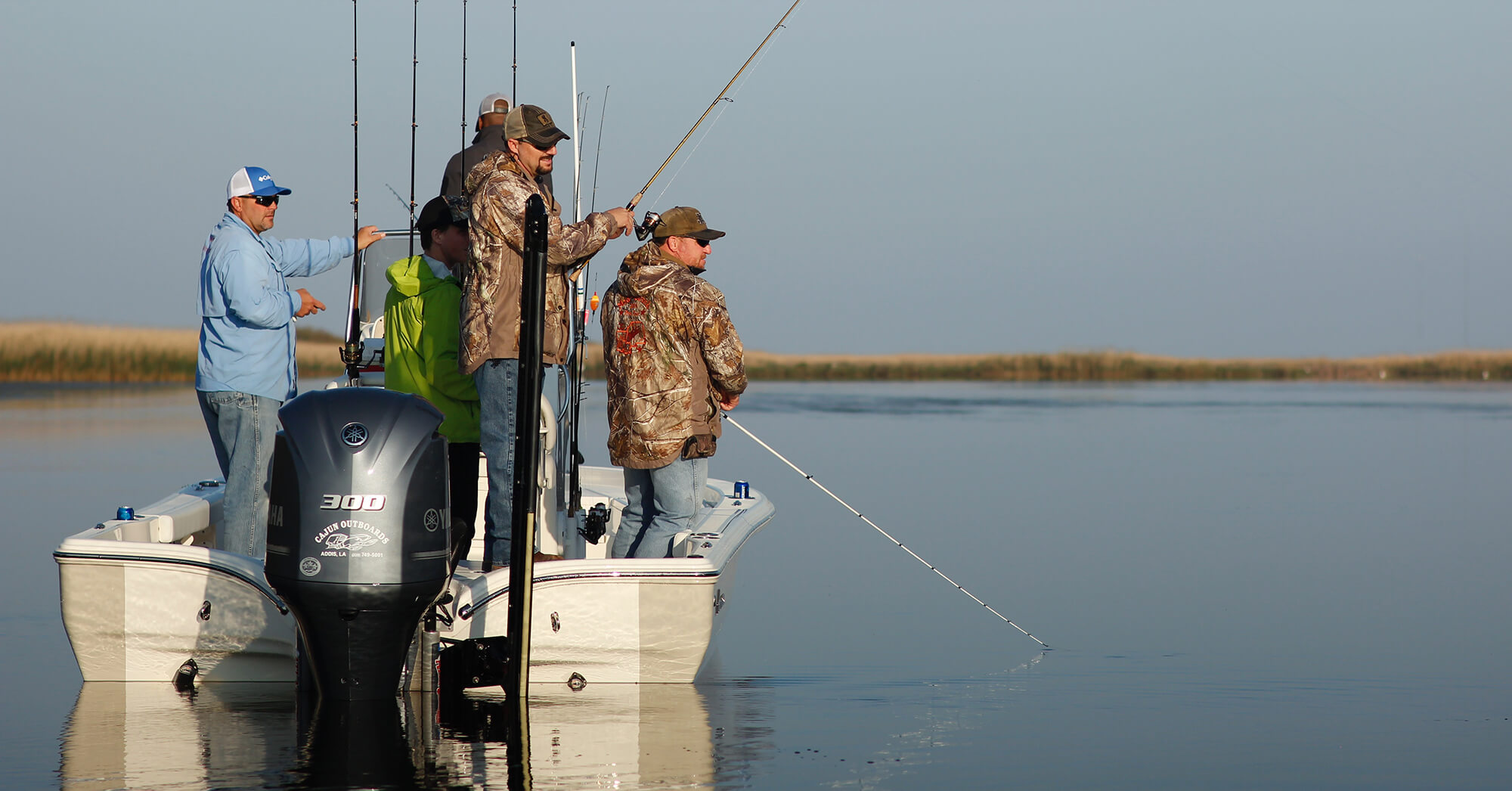
The main distribution area of tarpon is the waters of the Atlantic and, in part, the Indian Ocean. In the Pacific Ocean, tarpon are less common. Indo – Pacific tarpon is smaller than its Atlantic counterpart. Tarpon can be found in the Pacific waters, from the coast of China to Australia, including off the coast of the South American continent.
The most significant populations of these fish are known in the western Atlantic. Although they are found off the coast of Africa. Known cases of capture of taprons in the waters of Portugal and the Azores. The northern border reaches Nova Scotia, and the southern border to Argentina. In general, flocks of tarpon adhere to the coastal part of the sea, individual predators are caught in estuarine zones of rivers, sometimes tarpon are understood, in large rivers, quite far upstream.

